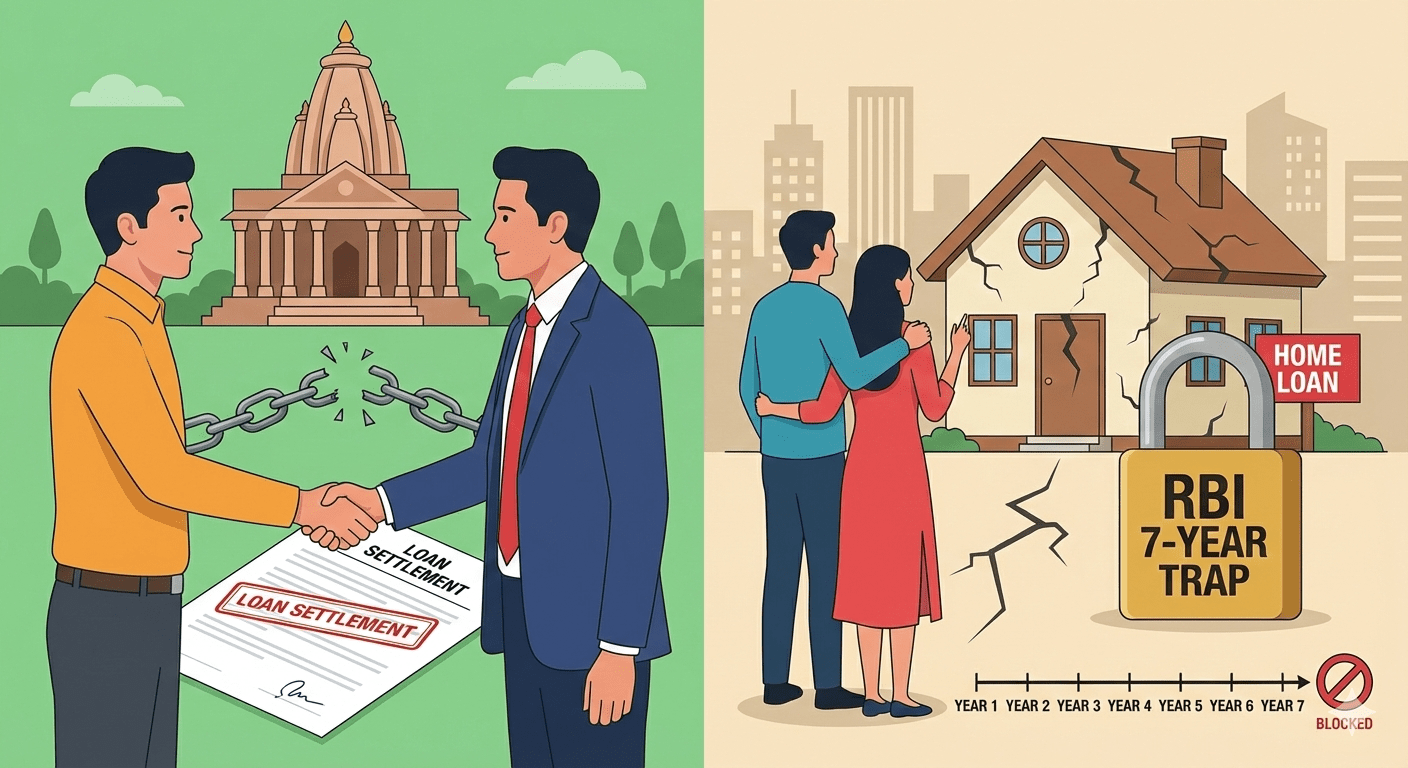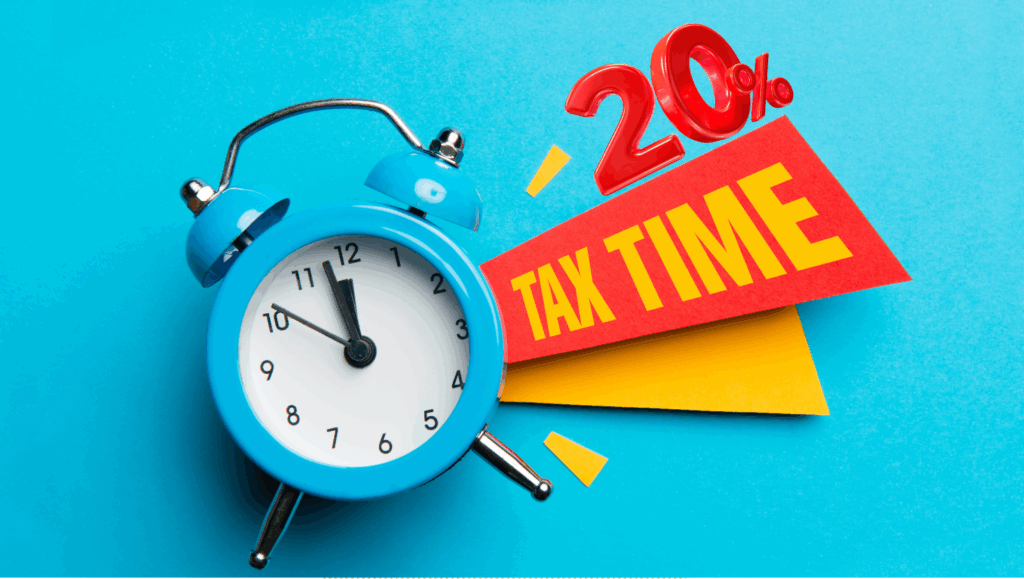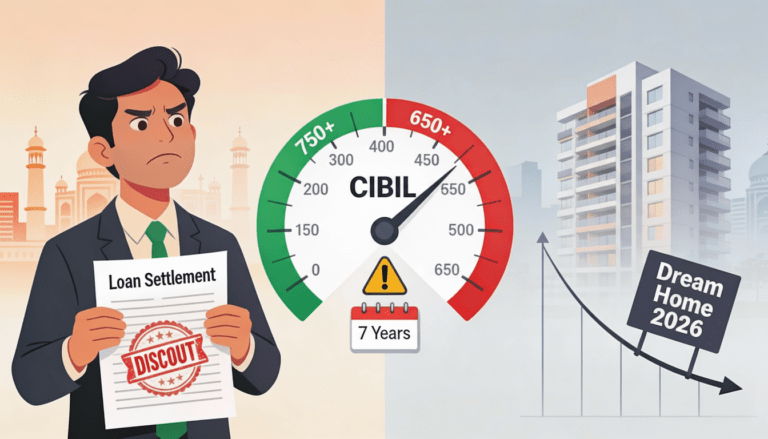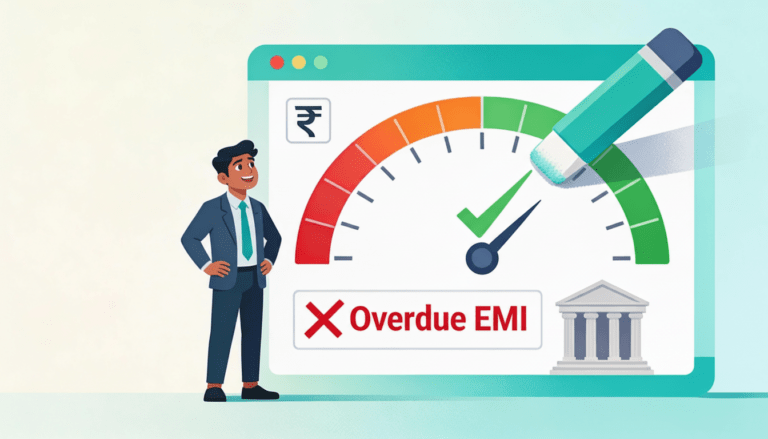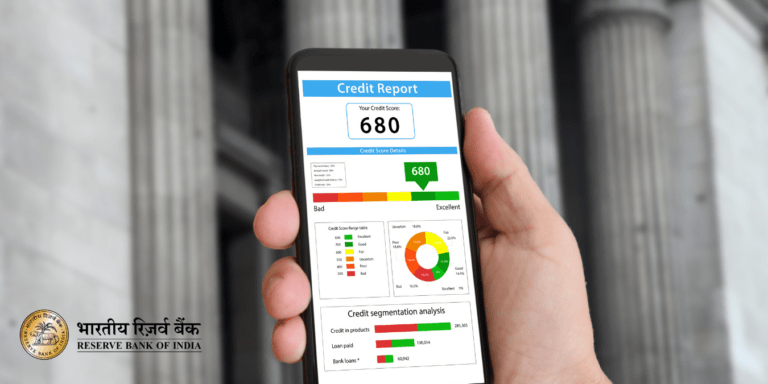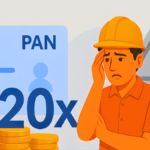
” How the RBI’s repo rate cut after 5 years impacts home loan EMIs. Learn about SBI’s relief measures, the broader economic implications, and what it means for homebuyers and the real estate sector. “
In a landmark move, the Reserve Bank of India (RBI) has cut the repo rate for the first time in five years, signaling a significant shift in the country’s monetary policy. This decision has far-reaching implications for the Indian economy, particularly for homebuyers and the real estate sector. Following the RBI’s announcement, the State Bank of India (SBI), the country’s largest public sector bank, has announced relief on home loan EMIs, providing much-needed financial respite to millions of borrowers. In this blog post, we will delve into the details of the RBI’s decision, its impact on home loan EMIs, and what it means for the Indian economy.
Understanding the Repo Rate: What Does It Mean?
Before we dive into the implications of the repo rate cut, it’s essential to understand what the repo rate is and how it affects the economy.
What is the Repo Rate?
The repo rate is the rate at which the RBI lends money to commercial banks in the event of any shortfall of funds. It is a crucial tool used by the central bank to control inflation and manage liquidity in the economy. When the RBI lowers the repo rate, it becomes cheaper for banks to borrow money, which, in turn, leads to lower interest rates on loans for consumers and businesses.
The Historic Rate Cut
On February 7, 2025, the Reserve Bank of India (RBI) announced a historic 25 basis points (bps) cut in the repo rate, bringing it down from 6.5% to 6.25%. This decision marks the first rate cut since 2020, breaking a five-year hiatus. The move was driven by the need to support economic growth amidst global uncertainties and domestic challenges.
Key Highlights of the Rate Cut
- Repo Rate Reduction: The repo rate was reduced by 25 bps to 6.25%, marking the first reduction in five years.
- Cash Reserve Ratio (CRR): In December 2024, the RBI had already reduced the CRR by 50 bps from 4.5% to 4.0% to enhance liquidity in the banking system.
- GDP Growth Projections: The RBI has projected India’s GDP growth at 6.7% for the fiscal year 2025-26.
- Inflation Forecast: Retail inflation is expected to moderate to 4.2% for FY26.
Expert Opinions
Financial experts have welcomed the RBI’s decision, highlighting its potential to revive economic growth and support borrowers. Deepak Agrawal, CIO- Debt at Kotak Mahindra AMC, stated, “The rate cut, along with assurance on liquidity, should help in boosting consumption and reviving growth”. Similarly, Adhil Shetty, CEO of BankBazaar, emphasized the significant savings for home loan borrowers and recommended exploring refinancing options to maximize benefits.
Why Did the RBI Cut the Repo Rate?
The RBI’s decision to cut the repo rate comes in response to several economic factors, including:
- Slowing Economic Growth: India’s GDP growth has been slowing down, and the RBI’s rate cut is aimed at stimulating economic activity by making borrowing cheaper.
- Low Inflation: With inflation well within the RBI’s target range, the central bank has the room to cut rates without the risk of triggering inflationary pressures.
- Global Economic Uncertainty: The ongoing global economic slowdown and trade tensions have prompted central banks worldwide to adopt accommodative monetary policies, and the RBI is no exception.
Impact on Home Loan Borrowers
One of the most immediate and tangible benefits of the repo rate cut is the reduction in home loan EMIs. SBI, India’s largest public sector bank, has announced that it will pass on the full benefit of the rate cut to its home loan customers. Here’s how this will impact borrowers:
- Lower EMIs: For a home loan of ₹50 lakh with a tenure of 20 years, a 25 bps reduction in interest rate can lead to significant savings. For instance, if the interest rate drops from 9% to 8.75%, the EMI will decrease from ₹44,986 to ₹44,118, resulting in a monthly saving of ₹868.
- Shorter Loan Tenure: Borrowers also have the option to keep their EMIs unchanged and reduce the loan tenure instead. This can help them pay off their loans faster and save on total interest outgo.
- Increased Affordability: Lower interest rates make home loans more affordable, encouraging more people to invest in property. This can boost the real estate sector and contribute to overall economic growth.
SBI’s Announcement: Relief for Home Loan Borrowers
Following the RBI’s rate cut, the State Bank of India (SBI) was quick to announce a reduction in its home loan interest rates. SBI, being the largest public sector bank in India, sets the benchmark for other banks, and its decision to lower home loan rates is expected to have a ripple effect across the banking sector.
Key Highlights of SBI’s Announcement:
- Reduction in MCLR: SBI has reduced its Marginal Cost of Funds based Lending Rate (MCLR) by 10 basis points (bps). The MCLR is the minimum interest rate below which banks cannot lend, and a reduction in MCLR translates to lower interest rates on loans.
- Lower EMIs for Borrowers: With the reduction in MCLR, home loan borrowers will see a decrease in their EMIs, providing them with more disposable income.
- Boost to the Real Estate Sector: Lower home loan rates are expected to boost demand in the real estate sector, which has been struggling with sluggish sales and high inventory levels.
How Much Will Home Loan EMIs Reduce?
The exact reduction in EMIs will depend on the loan amount, tenure, and the extent of the rate cut. However, to give you an idea, let’s consider an example:
- Loan Amount: ₹50 lakhs
- Loan Tenure: 20 years
- Interest Rate Before Rate Cut: 8.50%
- Interest Rate After Rate Cut: 8.40%
Using a home loan EMI calculator, we can see that the EMI for this loan would reduce from ₹43,391 to ₹43,191, a saving of ₹200 per month. While this may seem like a small amount, over the loan tenure, it adds up to significant savings.
The Broader Economic Implications of the Repo Rate Cut
While the immediate impact of the repo rate cut is felt by home loan borrowers, the decision has broader implications for the Indian economy as a whole.
Stimulating Economic Growth
The primary objective of the RBI’s rate cut is to stimulate economic growth by making borrowing cheaper for businesses and consumers. Lower interest rates encourage spending and investment, which, in turn, boosts economic activity. This is particularly important at a time when India’s GDP growth has been slowing down.
Boosting Consumer Spending
Lower interest rates on loans, including home loans, auto loans, and personal loans, lead to increased consumer spending. When consumers have more disposable income due to lower EMIs, they are likely to spend more on goods and services, which drives economic growth.
Reviving the Real Estate Sector
The real estate sector has been facing a prolonged slowdown, with high inventory levels and sluggish sales. The reduction in home loan interest rates is expected to revive demand in the sector, as more buyers will be able to afford homes. This, in turn, will lead to increased construction activity and job creation, providing a much-needed boost to the economy.
Encouraging Investment
Lower interest rates also make it cheaper for businesses to borrow money for expansion and investment. This can lead to increased capital expenditure, job creation, and overall economic growth. Additionally, lower borrowing costs can improve the profitability of businesses, leading to higher stock prices and increased investor confidence.
What Does the Future Hold?
The RBI’s decision to cut the repo rate is a positive development for the Indian economy, but it is not without its challenges. While lower interest rates are expected to stimulate growth, the effectiveness of the rate cut will depend on how quickly and effectively banks pass on the benefits to borrowers.
Will Other Banks Follow SBI’s Lead?
SBI’s decision to lower home loan interest rates is likely to prompt other banks to follow suit. However, the extent to which other banks reduce their lending rates will depend on their cost of funds and overall financial health. It is also possible that some banks may choose to wait and assess the impact of the rate cut before making any changes to their lending rates.
The Role of the Government
While the RBI’s rate cut is a step in the right direction, the government also has a crucial role to play in reviving economic growth. Fiscal measures, such as tax cuts and increased government spending, can complement the RBI’s monetary policy and provide a further boost to the economy.
The Global Context
The RBI’s decision to cut the repo rate is in line with the global trend of central banks adopting accommodative monetary policies. However, the effectiveness of the rate cut will also depend on global economic conditions, including trade tensions, oil prices, and geopolitical risks.
The RBI’s decision to cut the repo rate for the first time in five years is a significant development that has the potential to stimulate economic growth and provide relief to home loan borrowers. SBI’s announcement of lower home loan interest rates is a welcome move that will benefit millions of borrowers and boost demand in the real estate sector. However, the full impact of the rate cut will depend on how quickly and effectively banks pass on the benefits to borrowers, as well as the government’s fiscal measures and global economic conditions.
As we move forward, it will be crucial to monitor the impact of the rate cut on the economy and make necessary adjustments to ensure sustained growth. For now, homebuyers can breathe a sigh of relief as lower EMIs provide them with more financial flexibility and the opportunity to achieve their dream of owning a home.
-
Bank of Maharashtra Zen Lyfe Is Beyond Just a Banking App: Cut Expenses 30% Faster Than Private Bank Apps
Zen Lyfe isn’t just another app—it’s crushing SBI YONO & ICICI iMobile with hidden zero-fee loans, AI budgets
-
Loan Settlement Kills Home Loan Dreams—7-Year RBI Trap Exposed!
Settling one loan could lock you out of homeownership for 7 years—despite RBI’s 2025 90% financing push! Hidden
-
Indian Stock Market Trends: Sensex Hits 85K Milestone Amid RBI Cuts – What’s Next for Dalal Street on Dec 15, 2025?
Sensex rockets to 85K, GDP explodes 8.2%—but FPIs flee Rs 18K cr! Is RBI’s rate slash to 5.25%

